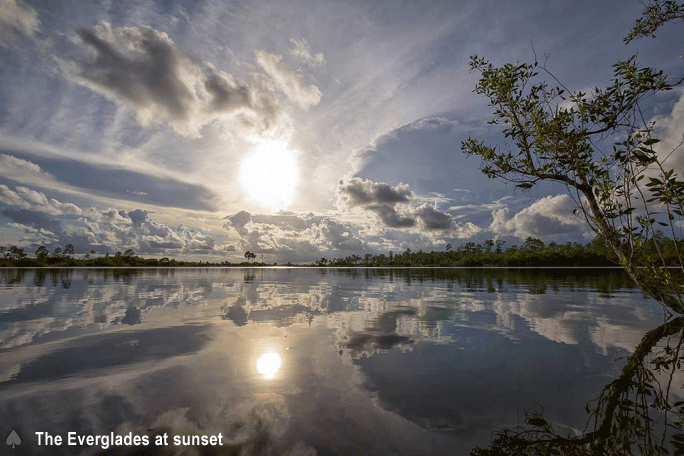Florida’s future depends on access to a reliable supply of fresh water. While we’re surrounded by seas and receive abundant rainfall, in some regions during certain times of the year, we are using water faster than Mother Nature can provide it. As our population continues to grow — this year we will surpass New York as the third most populated state in the nation — pressure on our fragile water supplies will increase. [emember_protected custom_msg=”Click here and register now to read the rest of the article!”]
Florida’s environment, economy and quality of life all depend on water. If we want to continue to attract businesses and draw tourists while protecting our environment, we must ensure we have the water supply to meet our needs — not just today, but for our future.
Fortunately, there are solutions. We’ve already taken several steps to protect our available water supply and reduce our water use, where possible, through thoughtful conservation measures. As a result of efforts led by the Florida Department of Agriculture and Consumer Services to help agricultural producers implement best practices and use new technologies, Florida agriculture is using less water now than at any time in the past while, at the same time, increasing productivity and efficiency.
The latest irrigation technologies dramatically reduce water use and, when combined with new computerized tools, make it possible for producers to control their irrigation systems over the Internet or with a smartphone. The agriculture department also deploys mobile irrigation labs to advise farmers on how to improve their irrigation system efficiency and irrigation scheduling. Across the state, more than 9 million acres of farm, ranch and nursery lands are taking advantage of the programs the department offers to protect and conserve water resources.
Florida’s farmers should be applauded for their efforts. Because of their hard work and investment, they’ve been able to save nearly 11 billion gallons of water each year. Local communities and public water supply utilities have also implemented successful conservation programs and water reuse projects that are making a difference.
But conservation and reuse alone will not be enough. The next step must be to explore sources of water that won’t deplete. We must find ways to grow our water supply from sources that are resistant to drought and shortage. Simply put, our water supply options must become more diverse.
Droughtproof water supplies, like seawater desalination, should be more aggressively pursued and included in water planning as future sources of Florida’s water supply. A single seawater desalination plant in Florida is capable of providing 25 million gallons of fresh water per day — enough water for 150,000 people. Energy efficiency improvements in the seawater desalination process over the years have significantly reduced the technology’s energy use and have made it cost-competitive with other sources of water supply.
This legislative session, Florida’s policymakers took a large step forward in our state’s water planning efforts. The Florida House and Senate passed bills bringing key stakeholders together and establishing consistent methodologies to help us ensure Florida’s water resources are available for generations to come.
I am urging policymakers, water utilities, local officials, agricultural producers, business leaders, and all Floridians to be proactive and innovative as they consider new water sources and technologies.
A sustainable vision for Florida’s future will require a comprehensive, long-term water policy and a mechanism to fund it. It will champion the combination of water conservation and innovative alternative water sources. It will ensure all Floridians that water will not become tomorrow’s crisis that today’s leaders failed to prevent.
CREDITS
column by FLORIDA AGRICULTURE COMMISSIONER ADAM H. PUTNAM [/emember_protected]

